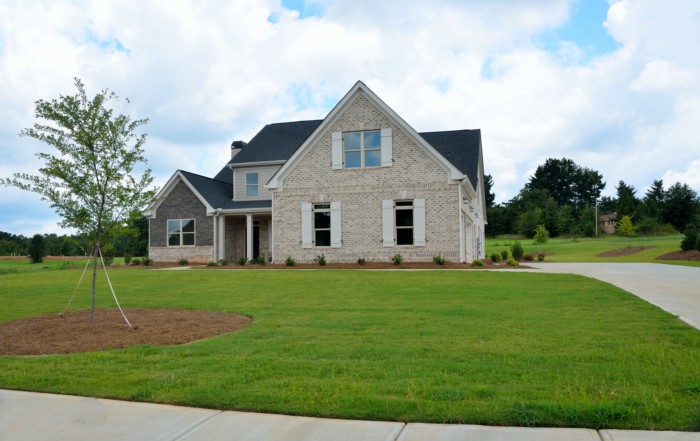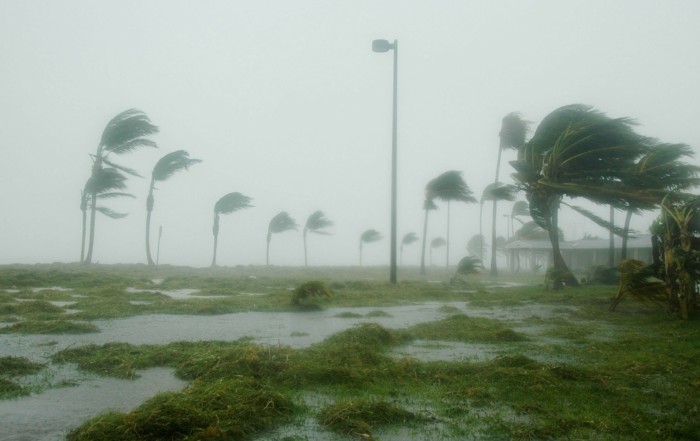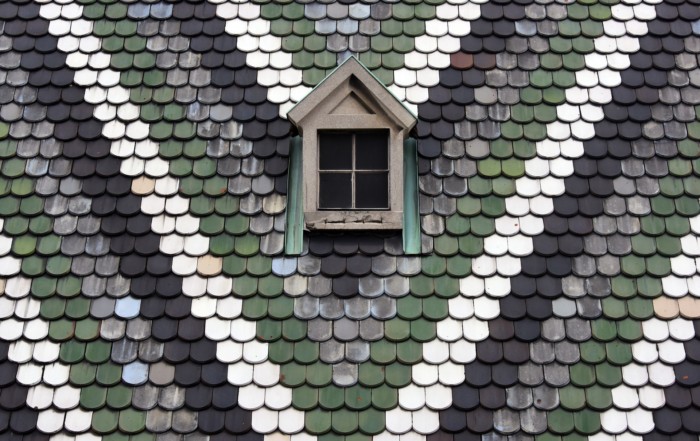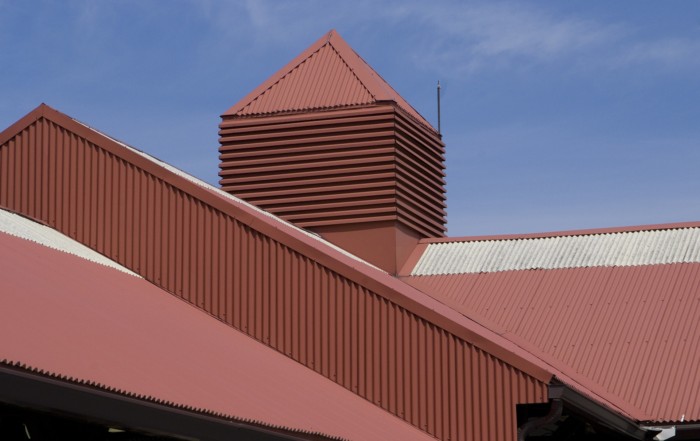Asphalt shingle roofs are very popular in the Sarasota area. Not only are they cheaper to install than tile or slate, but improvements in material quality have extended the possible lifespan of this type of roof to 30 years or more.
Shingle roofs can come in many colors to match your home and can be treated with “cool roof” technology to help with your energy costs. Moreover, it is relatively easy to replace a small section of roof should it become damaged.
Still, shingle roofs do present a unique maintenance issue, known as granular loss.
What is Granular Loss?
Roof shingles are covered in tiny, colored chips known as granules. These granules help to protect the asphalt from harsh environmental conditions, such as UV light and heavy rains.
Over the years, granules begin to erode and fall off. Once this erosion of the granule has taken place, the life of the shingle is basically over. In addition to exposure to the elements, granules may also wear off if the roof is walked on frequently, or if a tree branch habitually rubs against the roof. Mold and debris can also cause the shingle to deteriorate in this way.
Tip: If a portion of your roof has overhanging branches, or is primarily in shade, pay particular attention to those areas.
If the majority of the shingles on your roof are experiencing granule loss, a roof replacement is likely not far behind. The shingle is more likely to crack, bend, or splinter once the granules are removed.
How To Diagnose Granular Loss
Granular loss is easily seen via visual inspection, but you may not even have to get on the roof to spot the signs. Loose granules will wash off the roof and pile up in gutters, or flow through downspouts to the garden, lawn or driveway. If you begin to notice a large amount of granule accumulation in these areas, you should call a professional roofer to help you to determine the extent of the problem.
Expert Tip: Roof valleys are particularly vulnerable to granular loss. Roof valleys are usually located where the main part of the house meets the garage roof (or an addition to the home). These valley form a “v”, and may have overlapping shingles. Because water runs down these valleys on a regular basis, it is a common place for erosion of shingles, which can quickly lead to roof leaks. Don’t forget to inspect roof valleys both for shingle integrity and the source of a roof leak.
How To Fix Granular Loss
Unfortunately, once the shingle has lost its granular protective covering, the shingle must be replaced.
If your roof is nearing its effective end of life, granular loss is likely comprehensive and you will probably need to replace the roof in its entirety. However, if a section of roof has been damaged, asphalt shingles can easily be replaced in sections. Just keep in mind that shingles will be a different color, due to fading and usage of the original shingles.
Granular loss is just one of the issues to look out for if you have an asphalt shingle roof. Other warning signs of deteriorating shingles include cracking or curling, or even shingles falling off if the adhesive has dried and eroded.
Avery Roofing Services recommends an annual roof inspection which will help to identify roof problems before they become a major issue.
If you have noticed granules, or have any other concerns regarding the life expectancy of your roof, give us a call. We’d love to explain your options.









